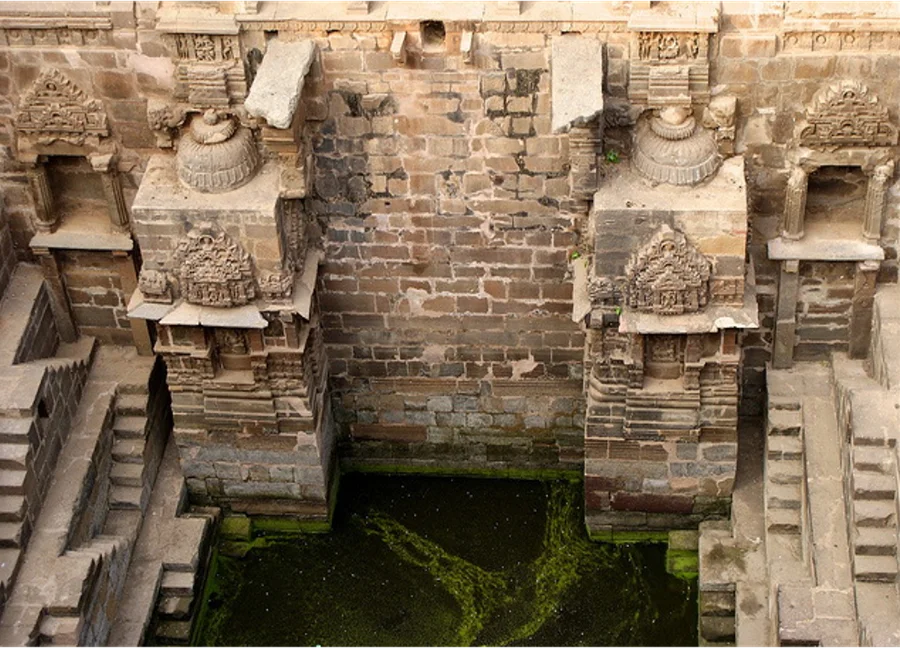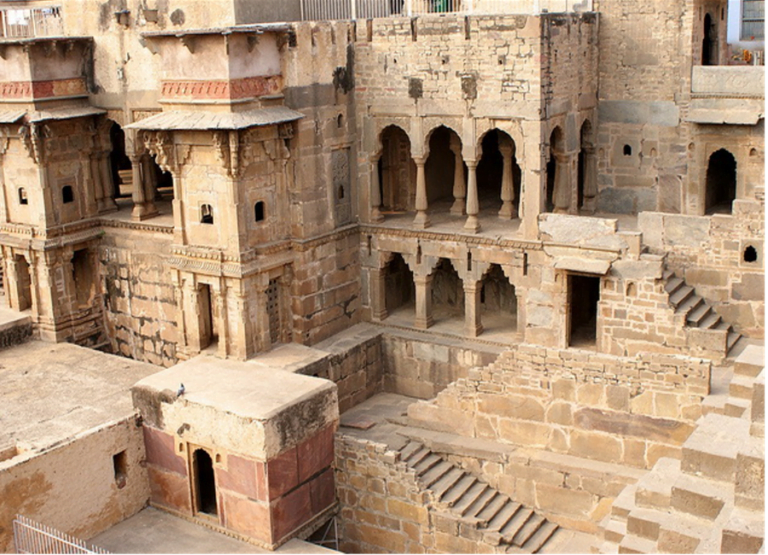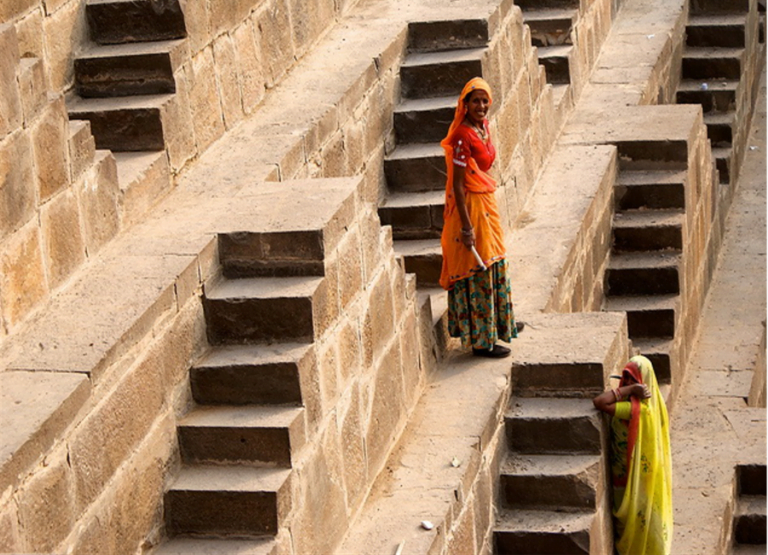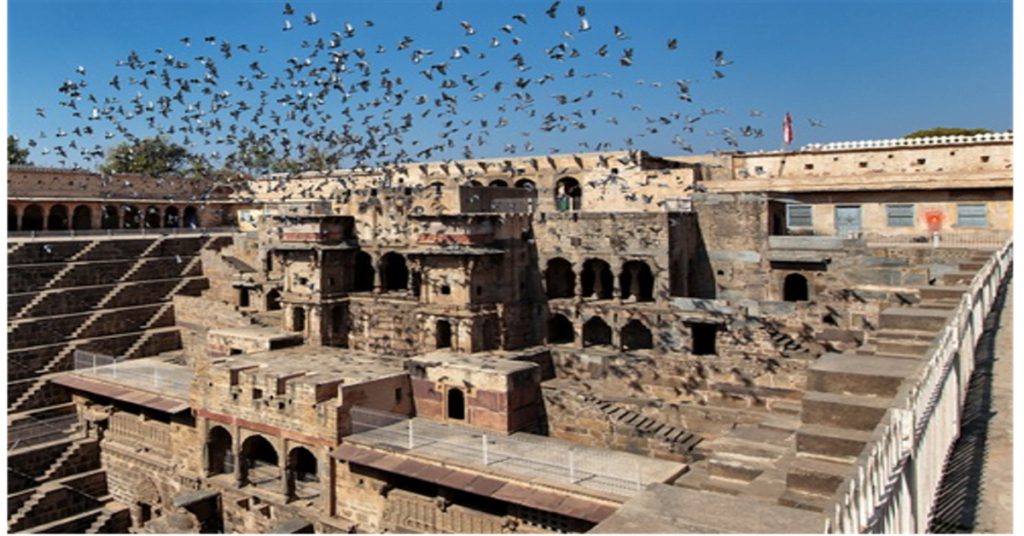Around a thousand years ago Chand Baori was built in a village named Avhanari, state of Rajasthan.
If you are searching for the largest step wells in the world then you should come to Chand Baori and obviously, this is the most beautiful one.
Raja Chanda was built in Chand Baori in the 9th century in the Rajasthan of the eastern part.

Finding Chand Baori is not an easy sign, so it is one of the secrets of India! Stepwells known as Baudili or Baori are unique to this nation.
There are steps built into both sides of the wells that go down into the water.
Chand Baori History
Chand Baori Rajasthan and probably the oldest surviving stepwell in India. It was built by a king named Chanda or Chandra of the Nikhumbha dynasty.
The time of Stepwell 8-9th City makes it 1200-1300 years old. Yes, it is older than the Taj Mahal, Khajuraho Temple, and Chola Temple but younger than the Ajanta and Ellora Caves.
The name is given according to the king who built it. The city was then called Ava Nagari.
Baori is a common name for the step – other names are – Baudi, Bhav, and Pushkarni. However, let me show you the same steps as I saw in the second decade of City 21.
Visiting
Seeing so many great pictures of Step Well – I had buzz bumps as I entered the Baori courtyard through a raised pavilion.
I first saw a group of women worshiping Shivling. A few steps and all of Stepwell’s glory were present.
Architecture
This 19.5 m deep step has geometric steps on three sides. Steep triangular steps ensure that you rise up or down and not straight.
I wonder if it was done just for aesthetics or even for practical purposes. I can only imagine that going to the side could be a little safer.
This allows multiple people to sit by the water.

The fourth side has stunning corridors on multiple levels. Two balcony projects towards Stepwell.
These are decorated with idols of Mahisasurmardini and Ganesha. There is also an image of Sheshesai Vishnu or sleeping Vishnu in the stepwell.
Here, I was told that one of the corridors below has an image. Since visitors are not allowed to enter the step way, it is not visible.
The idea is that the body of a step or a body of water is considered to be a tangible symbol of the ocean of milk – the sea of milk where Vishnu resides.
If you look closely, you will see a shaft to draw water from the stepwell. It’s hidden so well in the structure that more often than not you miss it.
Chand Baori 35,000 Steps
In all, Step Well has 35,000 steps at 13 levels. Baori becomes narrower as it descends.
I turned from all angles to admire Baori. The water below was bright green – it added to the atmosphere with its spontaneity.
I can only imagine what it would be like to sit in these corridors in the summer heat of Rajasthan.
Surrounding the beautifully engraved pictures around me was quite an experience. How I wish we could recreate some of these experiences for ourselves and the next generation.

From the lens of my camera, I could zoom in and see some lovely carved doors. The stairs follow the same pattern as the other three sides but in a larger size.
The arches must tell you that they were attached later as there was no idea of this kind of arch in India in 8-9 CE.
Once the step wall on me and my camera was full I looked around. Baori is bounded by a high wall and a corridor runs parallel to it.
An ASI board informed me that the walled enclosure and entrance were not part of the later addition and original plan.
How to reach Chand Baori
Abhaneri can be reached from Jaipur. There are no direct bus lines, so you have two options to get to Avenue on public transport.
The first is to go to Sikandra (about 20 rupees) and from there take a jeep or taxi to Abhaneri (about 250 rupees for the return journey).


